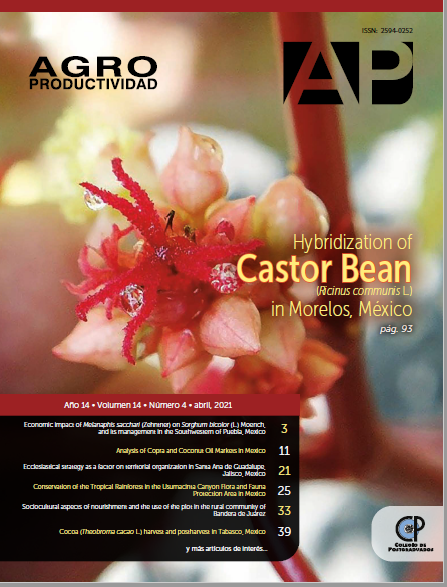Español
Main Article Content
Keywords
Abstract
Abstract
Objective: To assess the economic impact of the implementation of different production systems (real, traditional, intensive and organic) on the profits of copra producing states and major coconut oil companies.
Design/methodology/approach: A linear programming model was formulated which considered the main costs and production revenues, and the transport costs of the copra and coconut oil market, in order to maximize the profit of copra producers and the oil industry simultaneously.
Results: The states that were most suitable in the distribution of copra were Guerrero and Tabasco, which proved to be the main suppliers in all the production systems evaluated; within production systems, the intensive system presented a higher level of profit in the scenarios raised.
Limitations/implications: The model considered the sale of copra as the sole income of producers, leaving aside the marketing of other products and economic transfers, thus underestimating their total profit. Future research is required to help collecting data on alternative sources of income from producers.
Findings/conclusions: Increasing copra production without taking into account installed capacity in the industry results in the creation of a copra surplus in most producing states, which would result in a fall in the prices of this producto, therefore, reducing the profit of most states.

